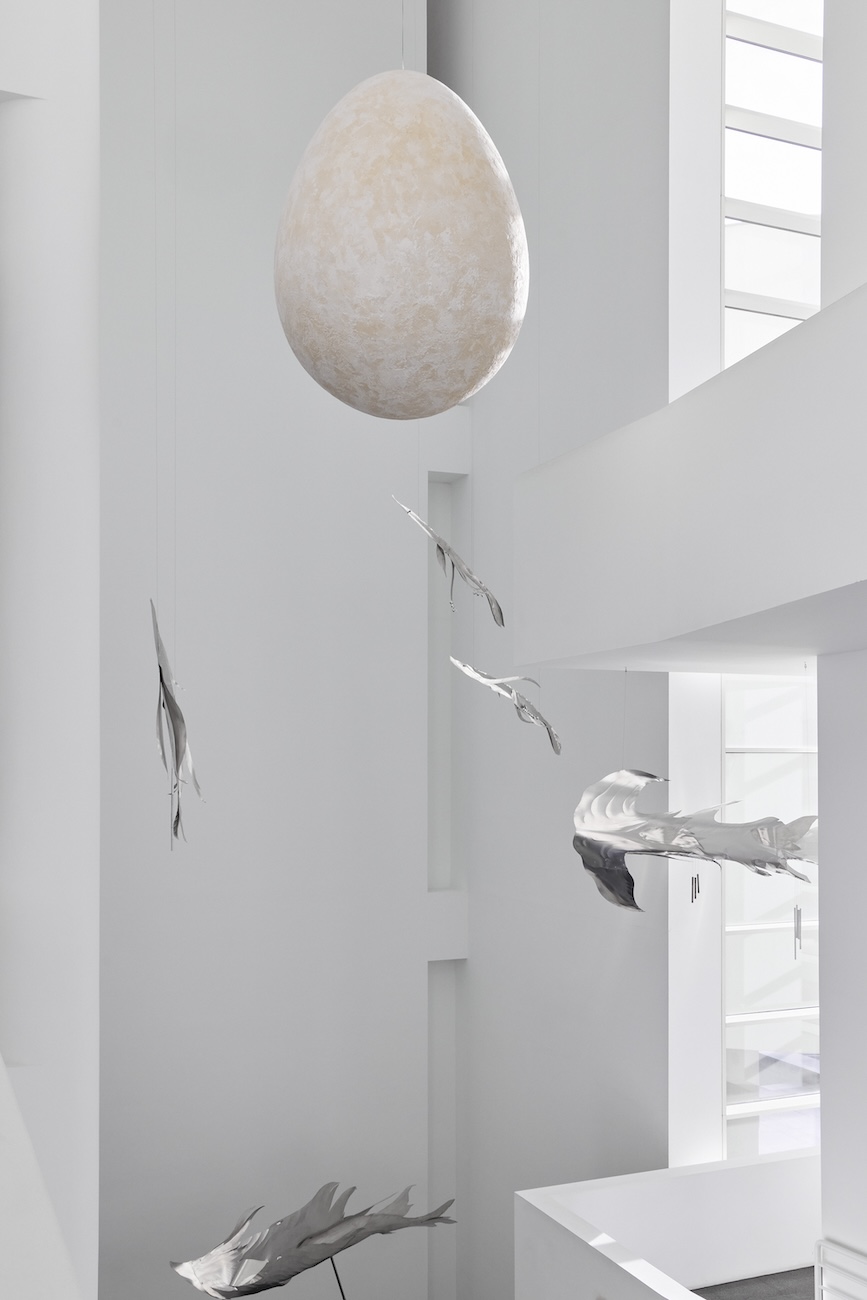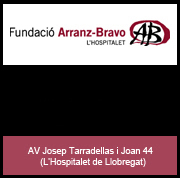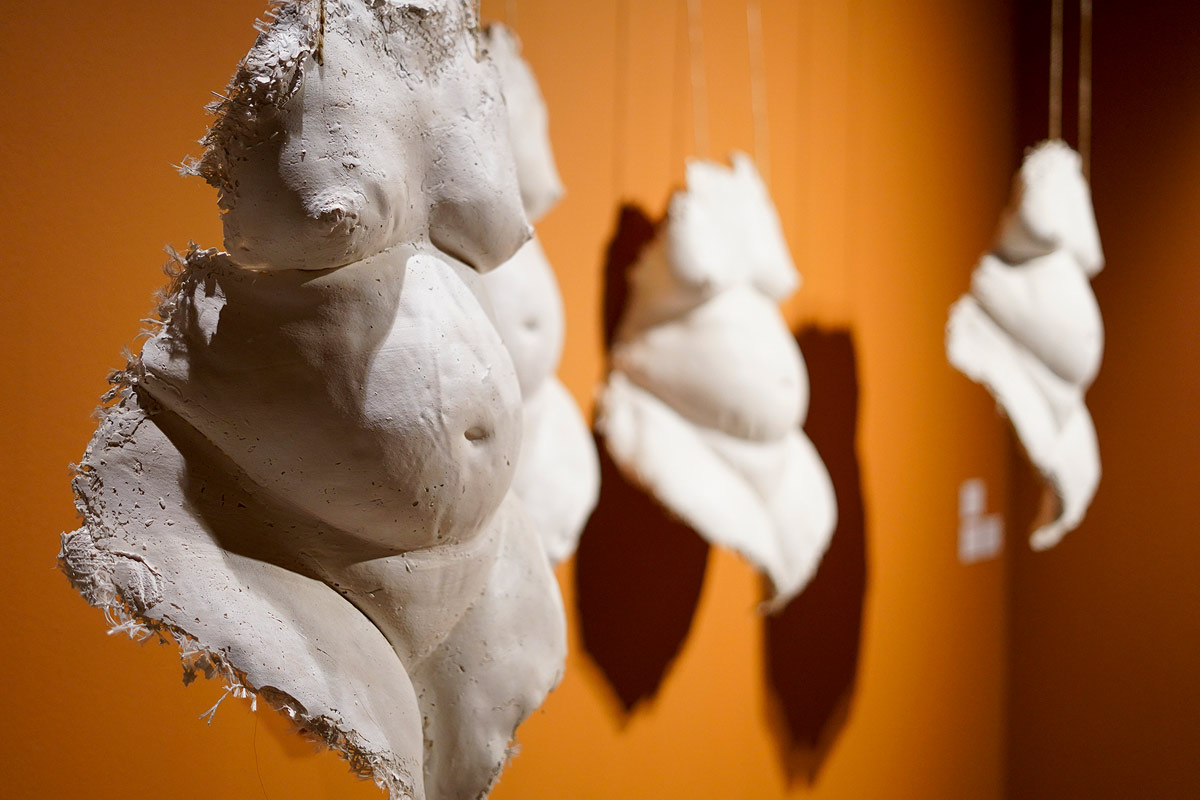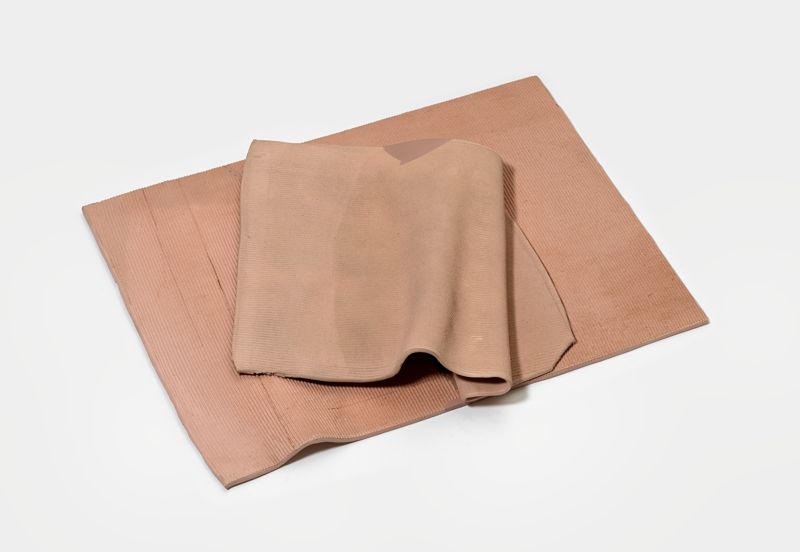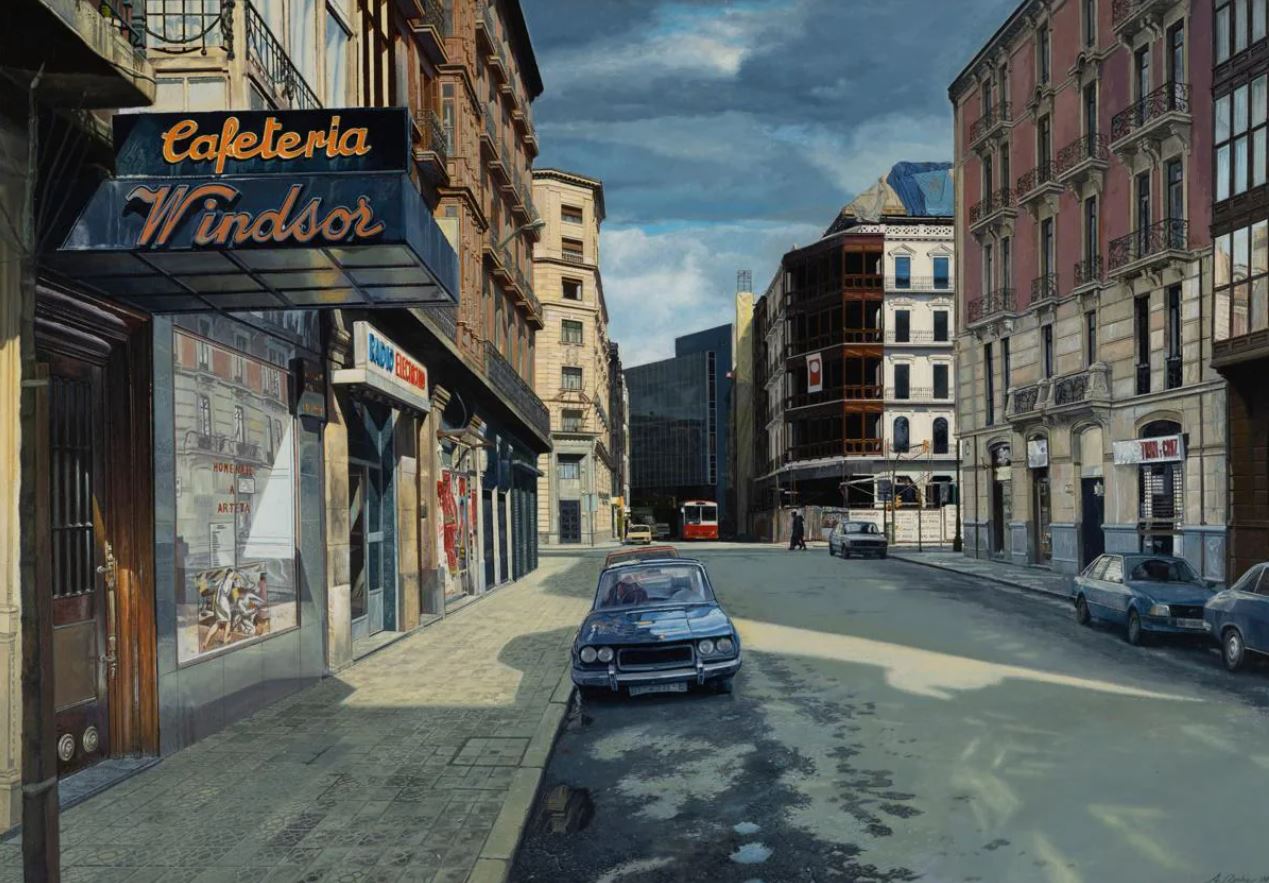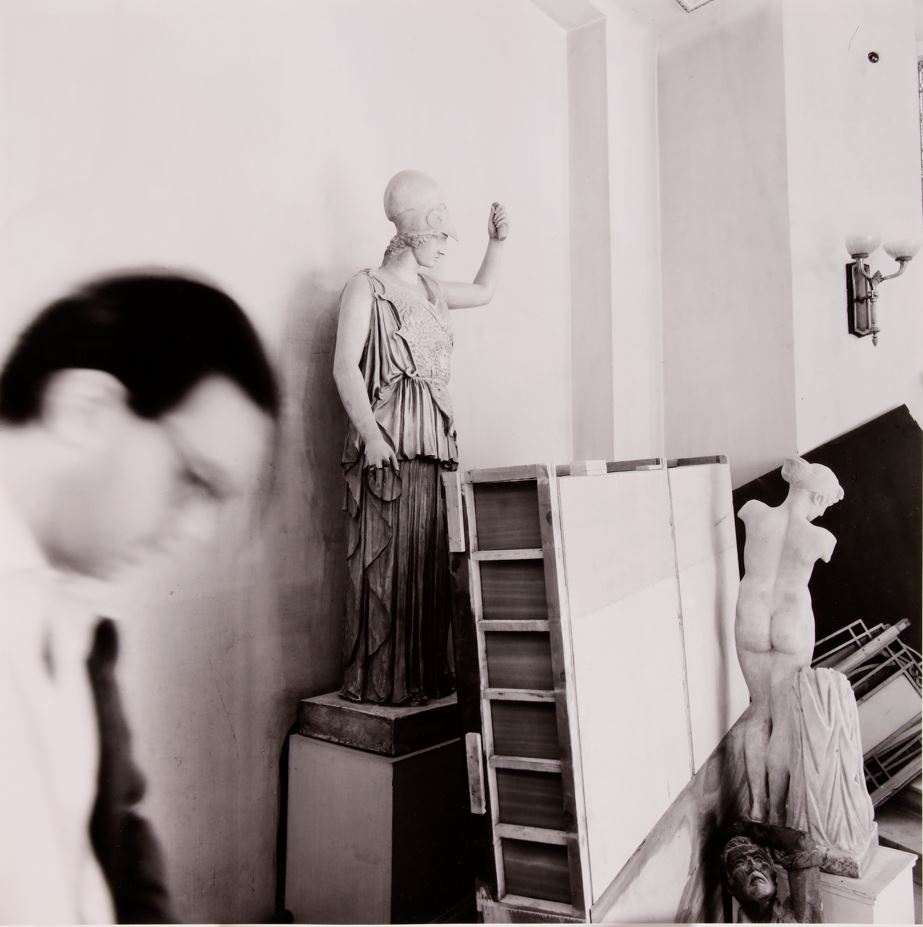Exhibitions
'Lunar ensemble for rising seas': a sculptural symphony at the MACBA
Forms and sounds to reflect on the coexistence between creatures and imaginary futures.
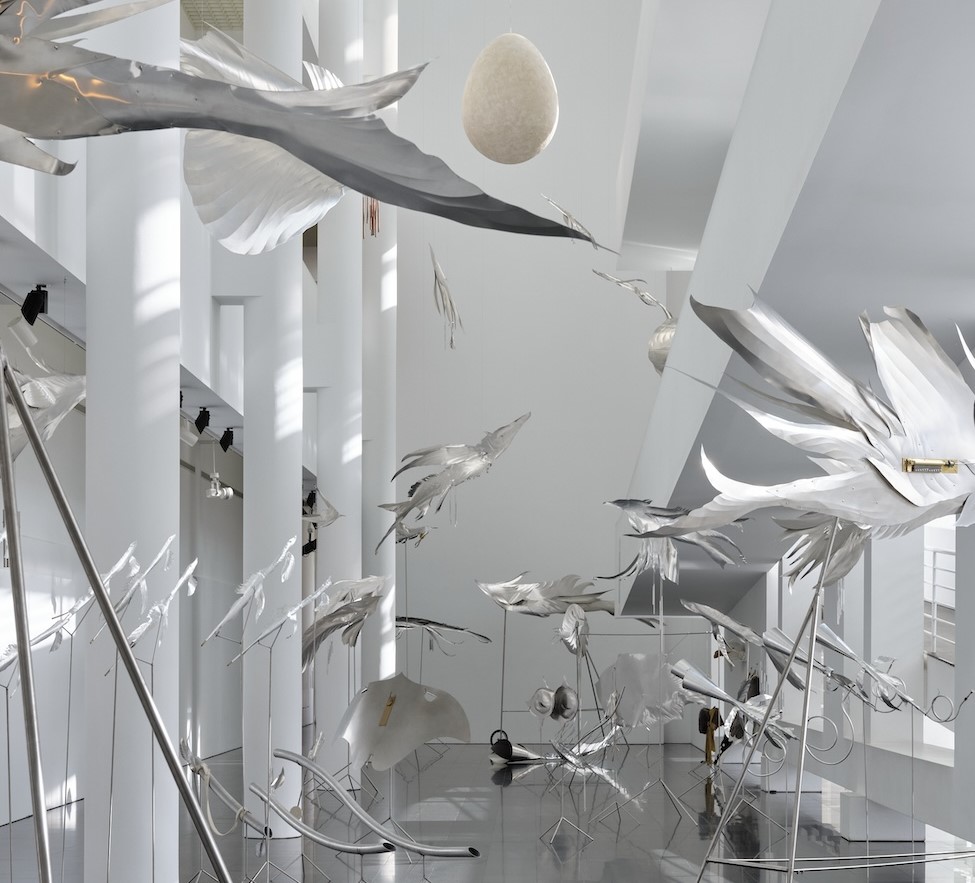
In a universe where terrestrial creatures transform into aquatic ones and celestial forms become metaphors for life cycles, the MACBA presents 'Lunar ensemble for rising seas', an immersive art project that invites visitors to rethink the relationship between species and future forms of life. Created by artists Petrit Halilaj (Kostërrc, Kosovo, 1986) and Álvaro Urbano (Madrid, 1983), this sculptural and musical installation combines the beauty of the natural world with the depth of the human world, exploring the links between these two realms with a narrative that seems to emerge from a contemporary fable.
This work, inspired by the popular Spanish song 'Ay, mi pescadito'—a story about a little fish that seeks different ways to survive and find its place in the world—raises fundamental questions about interspecies coexistence. The sculptures that fill the atrium of MACBA's Meier Building, like mythical creatures of hybrid forms, represent possible futures where survival and evolution unfold beyond what we know today. Some of these creatures are aquatic, others terrestrial or aerial, but they all share the same metallic skin that reflects light and casts shifting shadows throughout the day, creating a constant dialogue with space and time.
The project, inaugurated in Venice in 2023 at the TBA21 Ocean Space, now arrives in Barcelona with new pieces created especially for this environment. Until January 12, 2025 , visitors will be able to walk among more than forty sculptures that can not only be seen, but also heard. Each sculpture is at the same time a musical instrument, which emits sounds arising from music boxes and other handmade mechanisms. When these sounds are combined, a melody is created that is difficult to harmonize, which alludes to the complexity of finding the balance between the species. Thus, the tune inspired by 'Ay, mi pescadito' is mixed with underwater sounds, generating a symphony that evokes the struggle for harmony in a world where coexistence is increasingly fragile.
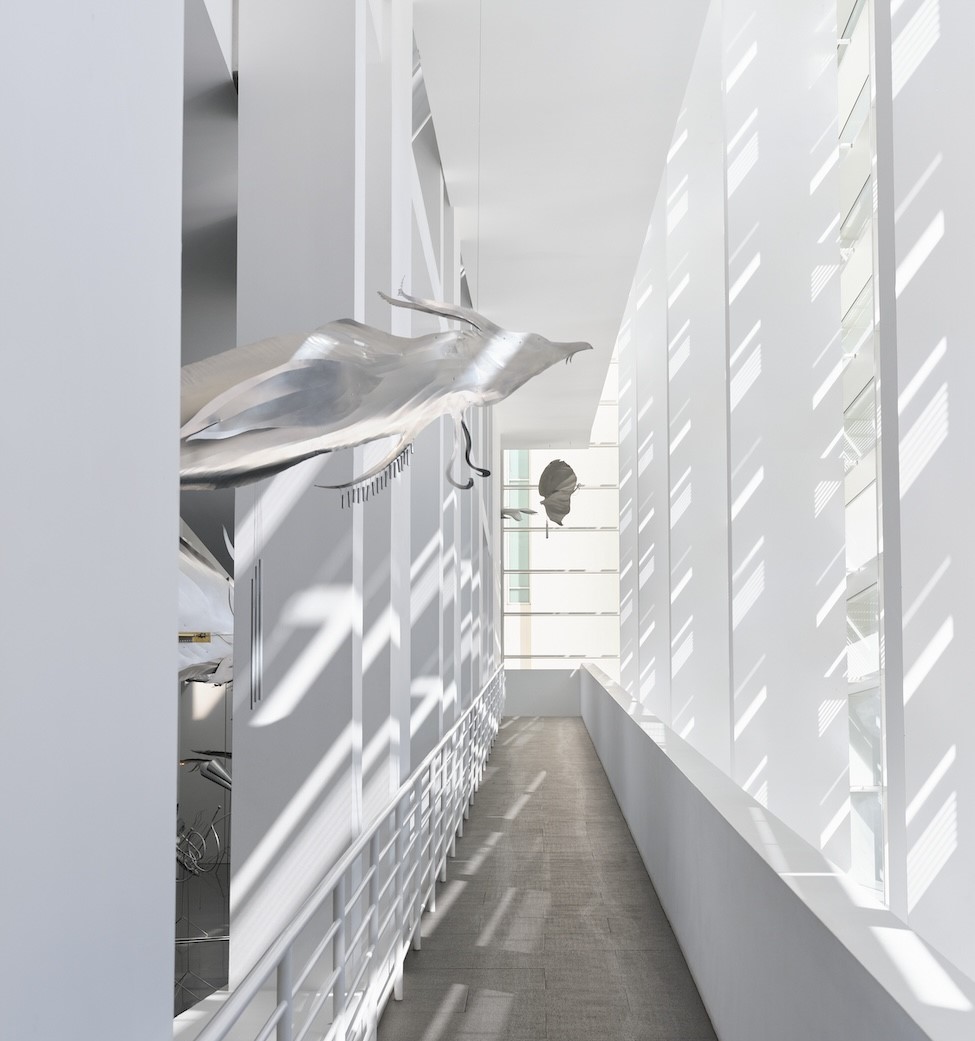
The project has been curated by the director of the MACBA, Elvira Dyangani Ose , in collaboration with Blanca del Río , and reflects the way in which Halilaj and Urbano have developed a collaborative artistic practice since 2014. The two artists, working from Berlin, use their joint work as a vehicle to explore the friction and mutual influence between the public and private spheres. His installations function as a space where collective memory mixes with his personal experiences, and where utopian ideas expand to include non-human forms of life. Fantastic plants, animals and creatures take center stage, occupying spaces that celebrate diversity and resilience.
One of the highlights of this installation is a large moon egg-shaped sculpture hanging from the ceiling, a symbol of the cyclical nature of our world. This powerful image invites visitors to reflect on the cycles of life and to imagine future ways of life that challenge current expectations. Artists use this symbol to explore how species can evolve in response to environmental challenges, creating an ecosystem where resilience becomes the key to survival.
Halilaj and Urbano's artistic practice focuses on the creation of collaborative fictions, where the boundaries between what is human and what is natural are blurred. This symbiosis is reflected in his works, which often become intimate and resistant scenographies, populated by imaginary creatures that embody the idea of kinship beyond conventional boundaries. The fluid and queer aesthetic is central to his work, which challenges established norms and offers new ways of relating to the world.
'Lunar ensemble for rising seas' is a project that invites negotiation, the coexistence of species and ideas that seem improbable, but which, in this poetic setting, find a space of possibility.
